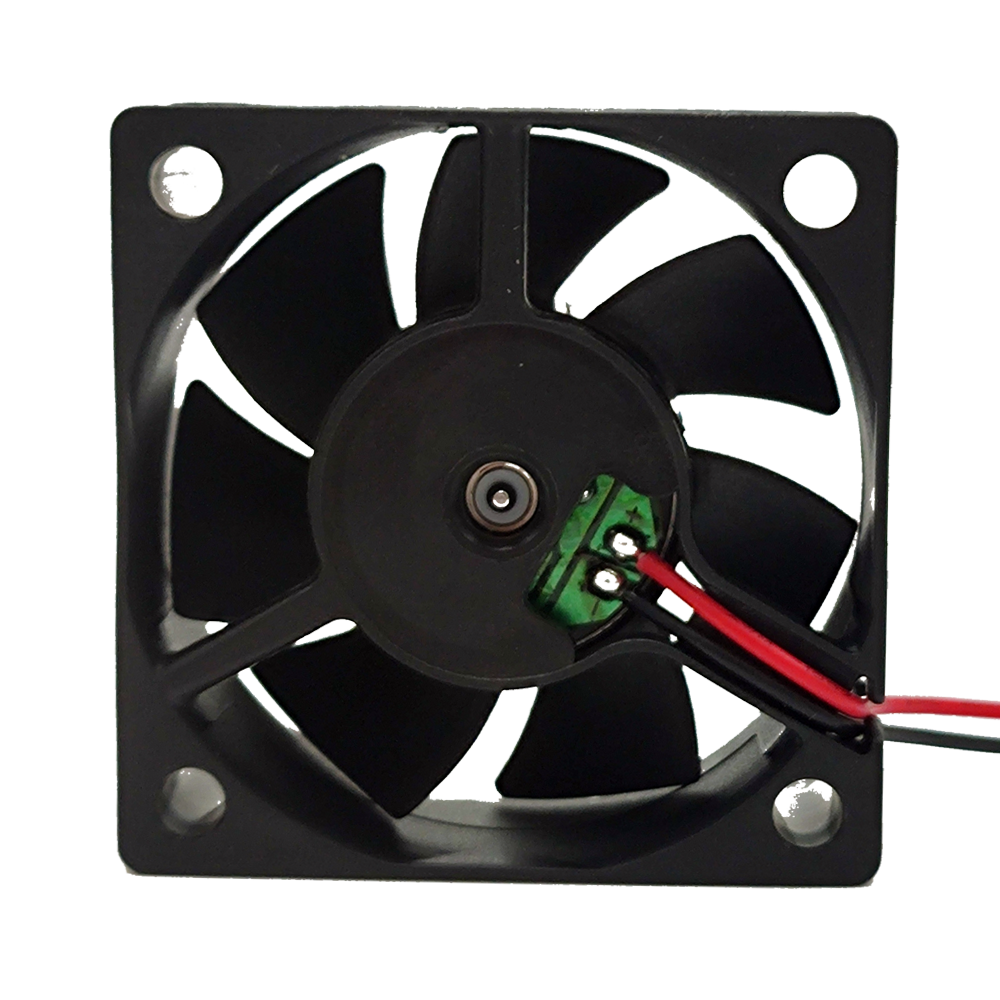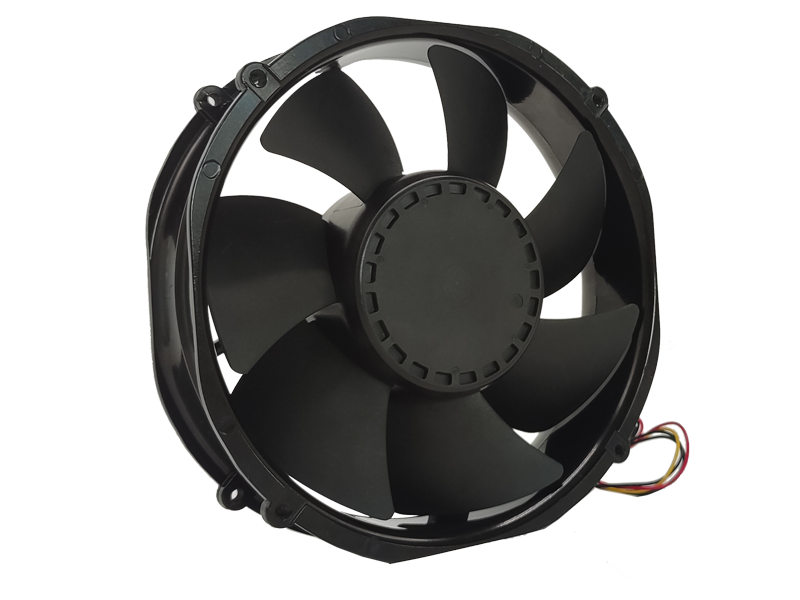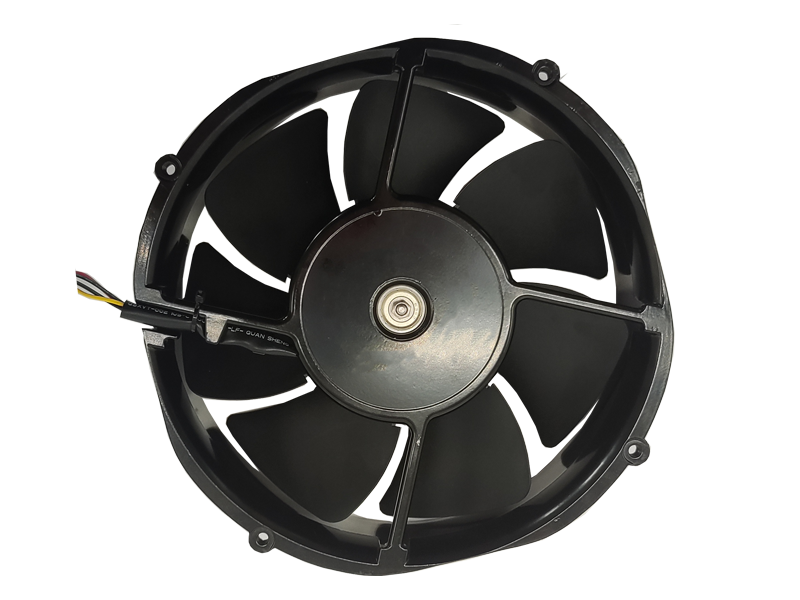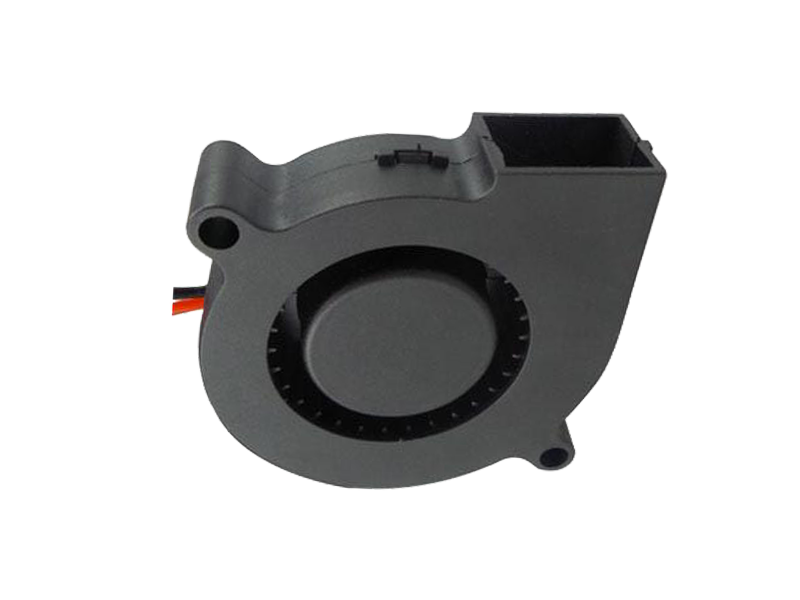Introduction
The evolution of industrial fans is inextricably linked to breakthroughs in material science. Modern manufacturing demands fans that operate reliably in extreme conditions while minimizing energy consumption and maintenance costs. This article explores how cutting-edge materials—from nanocomposites to self-healing polymers—are revolutionizing industrial fan design, enabling unprecedented durability, efficiency, and adaptability.
1. High-Temperature Resistance: Surviving in the Furnace
Industries such as metallurgy, glass manufacturing, and petrochemical processing require fans to operate in environments exceeding 800°C. Traditional materials like carbon steel or aluminum fail under such conditions, but advanced materials are rising to the challenge:
Ceramic Matrix Composites (CMCs): CMCs, reinforced with silicon carbide fibers, offer thermal stability up to 1,200°C. A case study from a German steel plant revealed that CMC-based fan blades reduced thermal deformation by 60% compared to nickel alloys, maintaining airflow accuracy even during continuous casting.
Refractory Coatings: Zirconia-based coatings applied to fan housings act as thermal barriers, reducing heat transfer to critical components. A foundry in Japan reported a 40% extension in bearing lifespan after adopting refractory-coated fans.
Graphene-Enhanced Insulation: Graphene’s exceptional thermal conductivity is leveraged in fan motors to dissipate heat efficiently. A pilot project in South Korea integrated graphene-infused motor casings, cutting motor temperatures by 25% during peak operation.
2. Corrosion Resistance: Conquering Chemical Assaults
Fans in chemical plants, wastewater treatment facilities, and coastal installations face relentless exposure to corrosive agents. Next-generation materials are combating degradation through:
Fluoropolymer Coatings: PTFE (Teflon) and PFA coatings create impermeable barriers against acids, salts, and solvents. A chemical plant in Texas achieved a 90% reduction in fan corrosion after switching to PTFE-coated impellers.
Titanium Alloys: Grade 5 titanium (Ti-6Al-4V) offers exceptional resistance to chlorine and seawater. Fans in offshore oil platforms using titanium components reported zero pitting corrosion over five years of service.
Self-Healing Polymers: Microcapsules filled with healing agents (e.g., dicyclopentadiene) embedded in fan blades automatically repair cracks. A pilot in a Norwegian fish processing plant demonstrated 85% recovery of structural integrity after blade damage.
3. Lightweighting: Balancing Strength and Efficiency
Reducing fan weight lowers energy consumption and simplifies installation. Advanced materials achieve this without compromising structural integrity:
Carbon Fiber-Reinforced Polymers (CFRP): CFRP blades are 40% lighter than steel yet 3x stronger. A wind tunnel manufacturer reduced fan inertia by 35%, enabling faster acceleration and 12% energy savings.
Aluminum-Lithium Alloys: These alloys, used in aerospace, are now being adopted for fan housings. A study by the Fraunhofer Institute found that Al-Li fans reduced overall system weight by 22% while maintaining torsional rigidity.
Honeycomb Sandwich Structures: Lightweight honeycomb cores (e.g., Nomex) between carbon fiber skins create blades with a stiffness-to-weight ratio exceeding steel. A fan manufacturer in Italy achieved a 30% weight reduction without sacrificing fatigue resistance.

4. Noise Reduction: Silencing the Workshop
Occupational safety regulations and worker comfort demands are driving innovations in acoustic materials:
Micro-Perforated Absorbers: Laser-drilled panels on fan housings absorb mid-to-high frequency noise. A textile mill in India reduced workplace noise from 95 dB to 78 dB using this technology.
Aerogel Insulation: Silica aerogels, with 90% porosity, provide superior sound damping in compact spaces. Fans in a Swiss pharmaceutical plant using aerogel linings cut noise emissions by 15 dB.
Serrated Trailing Edges: Blade designs inspired by owl wings reduce turbulent airflow noise. A case study from an automotive testing facility showed a 10 dB reduction in broadband noise.
Conclusion
Material science is the cornerstone of industrial fan innovation, enabling products that operate longer, faster, and quieter in the world’s most demanding environments. As research into nanomaterials and bio-inspired composites accelerates, the next generation of industrial fans will redefine performance boundaries.
Recommended Products

The main purpose:Car charging station

The main purpose:Car charging station

The main purpose:Electronic refrigerators, water dispensers, direct drinking machines, inverter power supplies
Address:No. 4137, Longgang Avenue (Henggang Section), Henggang Community, Henggang Street, Longgang District, Shenzhen
hotline:13530005572(Chen)15112579390(Li)


Welcome all friends to come for consultation and negotiation.
Copyright 2024 @ Shenzhen Youneng Xinyuan Electronics Co., Ltd.,(industrial fans,industrial blowers,axial fans,cooling fans manufacturer,centrifugal fans,ac cooling fans,dc cooling fans)